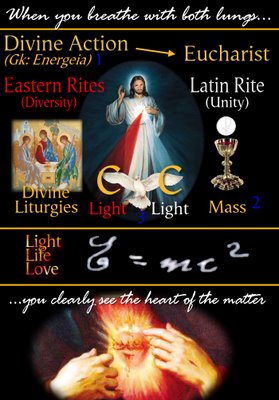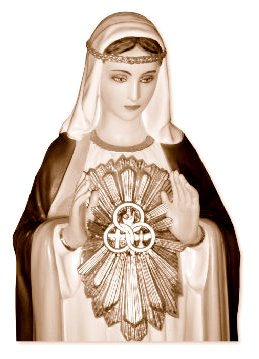J.M.J. + O.B.T. + M.G.R.*
It's been a long time since I last
posted on the Miracle of the Holy Fire.
William Holman Hunt
The Miracle of the Holy Fire
I am still dumbfounded
as to why the Church pays
so little attention to this
Easter Saturday spectacle
of Light in the Holy Sepulchre.
Why? The Orthodox-Roman divide?
Do a search and confirm or correct my
observation, for to do nothing is to allow
a great gift or a great hoax to just be,
and in the process our trust in God's
undivided Truth is challenged.
At a recent birthday I waited
anxiously for the re-lighting
of the extinguished candles
that seem to miraculously
burst back into flame.
Once you witness this
effect it stays as a
vivid memory and
seems to return
as if on cue,
every time
lights are dimmed
and the first strains of
"Happy Birthday"
are sung.
We know
trailing smoke
is involved
in the relighting
but what else?
DIGGING
DEEPER...
To understand trick birthday candles, it is helpful to first understand normal candleswork. The key thing about a normal candle that is important to a trick candle is the moment after you blow out the candle. Normally there is a burning ember in the wick that causes a ribbon of paraffin smoke to rise from the wick. That ember is hot enough to vaporize paraffin but it is not hot enough to ignite the paraffin vapor.
The key to a re-lighting candle, therefore, is to add something to the wick that the ember is hot enough to ignite. That way the ember can ignite this substance and the substance can then ignite the paraffin vapor. In the links below, the most common substance mentioned is magnesium. Magnesium is a metal, but it happens to burn (combine with oxygen to produce light and heat) rapidly at an ignition temperature as low as 800 degrees F (430 degrees C) (aluminum and iron both burn as well, but magnesium lights at a lower temperature).
Inside the burning wick, the magnesium is shielded from oxygen and cooled by liquid paraffin, but once the flame goes out magnesium dust is ignited by the ember. If you watch the ember you will see tiny flecks of magnesium going off. One of them produces the heat necessary to re-light the paraffin vapor, and the candle flame comes back to life!
SOURCE: https://science.howstuffworks.com/innovation/science-questions/question420.htm
...magnesium flakes embedded in the wick...
Source of light
When burning in air, magnesium produces a brilliant-white light that includes strong ultraviolet wavelengths. Magnesium powder (flash powder) was used for subject illumination in the early days of photography. Later, magnesium filament was used in electrically ignited single-use photography flashbulbs. Magnesium powder is used in fireworks and marine flares where a brilliant white light is required. It was also used for various theatrical effects, such as lightning, pistol flashes, and supernatural appearances.
SOURCE: https://en.wikipedia.org/wiki/Magnesium
...magnesium is mined in Greece...
SOURCE: Aristolaos at English Wikipedia, CC BY-SA 3.0
There are three main “reaction zones” in a candle. The part where combustion starts is called the primary reaction zone. In the main reaction zone, the process of burning ends. The luminous zone is where the free carbon burns and releases light.
The Dark Zone
The Luminous Zone
The Non-Luminous Zone
Sincerely yours
in Jesus through Mary,
Mike Rizzio
Imitate Mary
Become like Jesus
Live for the Triune God
Seek the Light of Our Lord Jesus Christ
See you on the High Ground!
* - J.M.J. + O.B.T. + M.G.R. stands for:
Jesus, Mary and Joseph;
O Beata Trinitas;
St. Michael, St. Gabriel and St. Raphael

































No comments:
Post a Comment